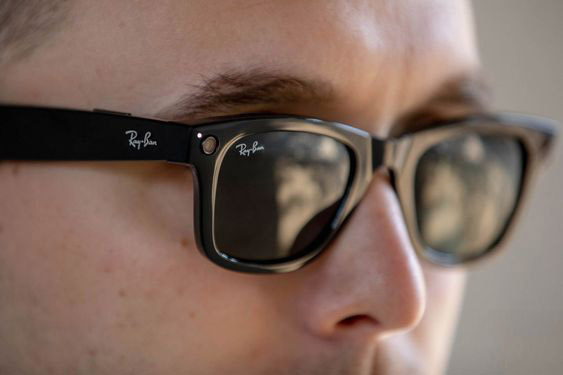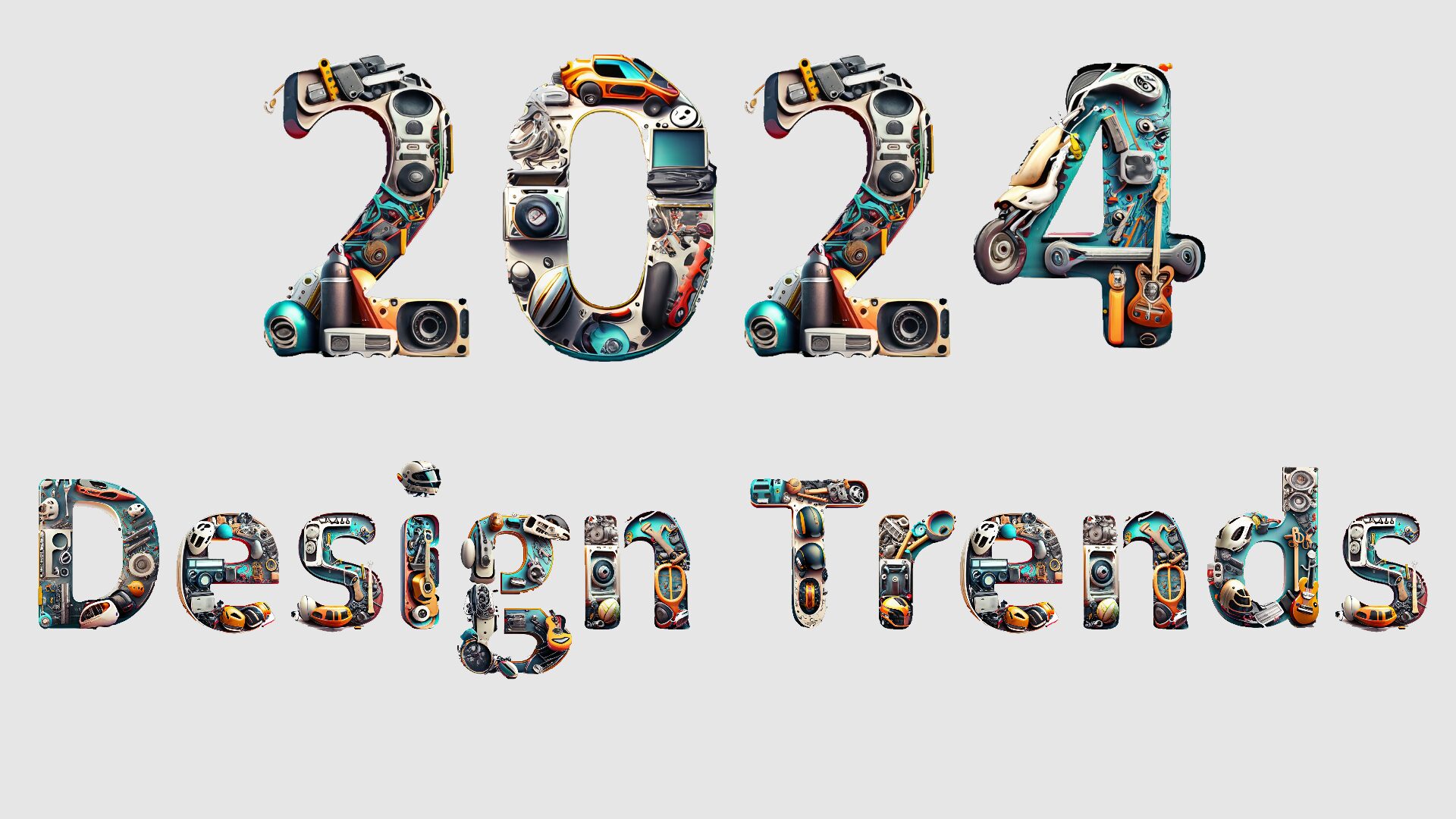6 Design Predictions That Will Rock 2024
The dynamism of design and creativity unveils transformative trends. These trends change yearly and redefine our interactions with products. As we really get into 2024, Beyond Design embarks on a voyage to forecast the evolving design aesthetics and functionalities that will shape 2024.
Predictions From Our Team:
The team at Beyond Design forecasted design trends we believe we will see more of over the coming year.
Emphasizing Longevity and Repairs:

Consumers’ sustainability concerns will call for modular design.
Michael predicts an emphasis on designing products for longevity and repairability. It used to be second nature to replace or discard broken or defective products. However, with growing concerns about waste and environmental impact, consumers are becoming more conscious of the sustainable aspects of their purchases. This demand means companies will be more straightforward about their materials and manufacturing processes.
In tandem, designers will focus on creating products that can be easily repaired, thereby increasing their lifespan and reducing the need for total replacement. Designers may also establish tools and processes that make repairs more accessible and intuitive.
Catering to Specific Customer Requirements:

Product customization will reflect the buyer’s individuality.
Sean believes companies will cater more to specific and unique customer requirements. By offering highly customizable products that align with individual preferences, product individuality will extend beyond simple color choices. They can also include customizations for size, materials, and functionality. Interactive shopping experiences (like what Puma, Franklin, and Fender currently offer) will allow customers to edit products to their liking before adding them to their cart.
Future generations expect more custom products that reflect their individuality, and companies may lean into the desire for customization. Users will pay a premium for a product that feels unique and personal to them. And in turn, the companies can use the data to inform their brand language and offer special benefits to consumers.
Translucent and Translucent Product Housing Resurfaces:

Visible electronic mechanisms will re-emerge.
Noah anticipates translucent and transparent housings to reappear for electronics (think of the Apple iMac G3 computers from the late 90s). This design trend combines aesthetics with functionality, letting users view the inner electronics without taking the device apart.
Transparent housing also provides an opportunity for creative lighting effects, adding elements of intrigue and uniqueness. Translucent housing is not new, but it is a trend that we expect to reemerge. Notable recent examples include the Nothing Ear (1) earbuds and the Shargeek 100 power bank.
More Angular and Sharp Lines:

Brutalistic trends will bring more large, angular surfaces.
Theo expects large angular surfaces and sharp lines to gain prominence as consumer tastes shift to a more brutalist style. Embracing a combination of bold shapes interrupted by straight lines will give products a sense of sophistication.
Standout products that adopt angular and sharp lines can look powerful and dynamic – notably on vehicles, tech gadgets, and tooling – but these details may extend to other products moving forward.
Retro Modern Design Aesthetics Will Shine:

Modern functionality will meet throwback designs.
Tanuya believes retro modern design aesthetics will become more popular. This trend combines elements from the past with modern functionality and materials, resulting in products that offer a nostalgic appeal while still meeting the demands of contemporary users.
Retro modern designs often include bold colors, curved lines, and a blend of vintage and contemporary materials. Going retro is a cyclical trend, and with the emergence of new technology, like AI, we may be in store for classic styles to revamp with cutting-edge features.
Fashion and Uniforms Will Leverage IoT:

Wearable technology will revolutionize the workplace.
Jeremy predicts that tech wearables will become integrated into fashion and uniforms. With advancements in wearable technology and the Internet of Things (IoT), clothing can become more than fashion items. IoT-enabled fashion and uniforms will let users track aspects of their health and productivity to add utility to their lives.
IoT fashion will also grant more convenient access to the internet and reduce our dependence on phones, computers, and tablets. As an example, Google partnered with Saint Laurent to create an IoT backpack. Plus, we are now seeing a rise in wearable AI-infused pins and glasses that connect users to the internet without traditional screens.
Embracing 2024
In conclusion, design trends constantly evolve. We didn’t design a crystal ball, but we look forward to seeing how accurate our trends are. These predictions reflect how product development changes and consumer expectations never stagnate. Designers, manufacturers, and businesses must adapt and respond to trends to ensure their products resonate with the world’s ever-changing needs and preferences.

 Top
Top
